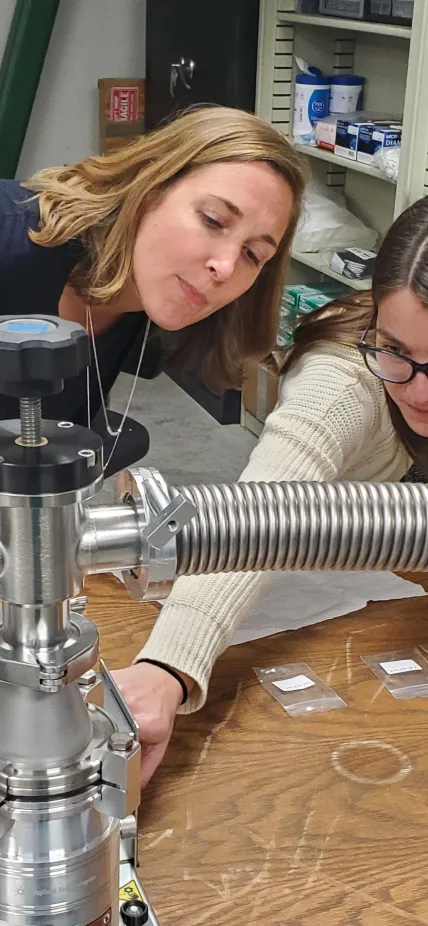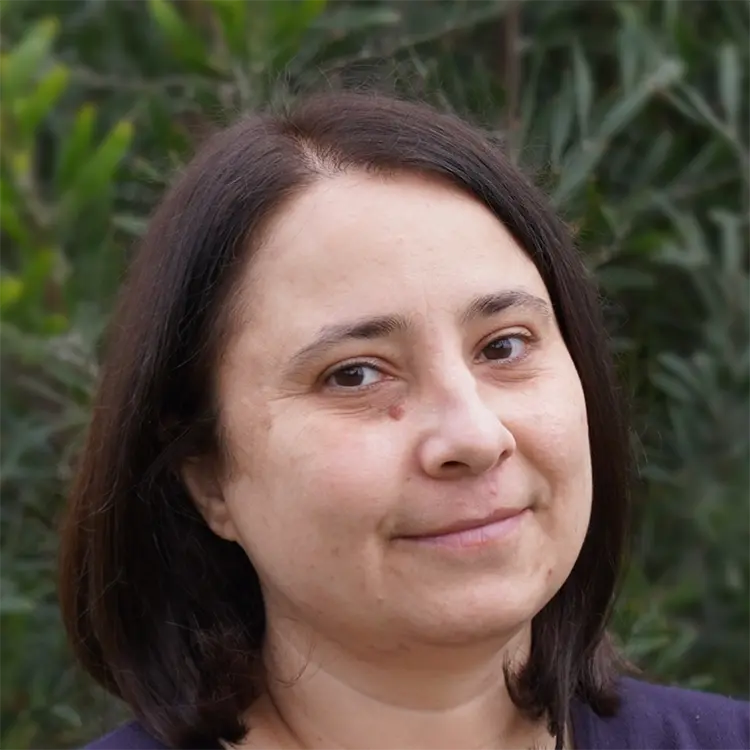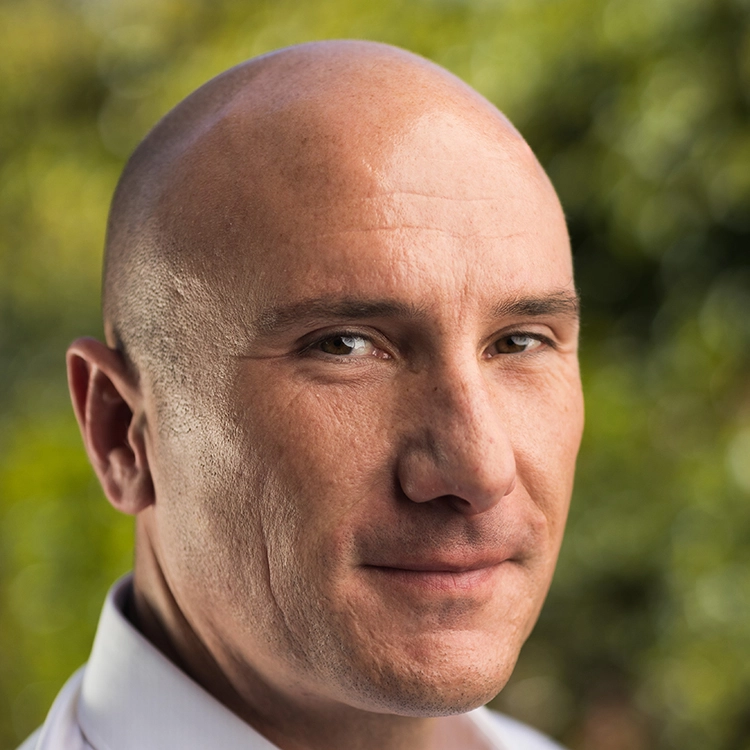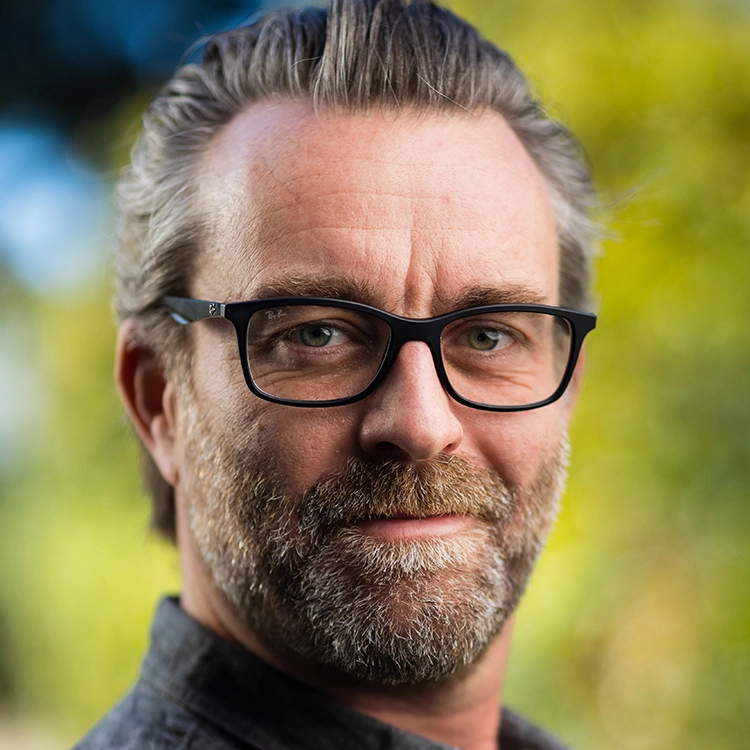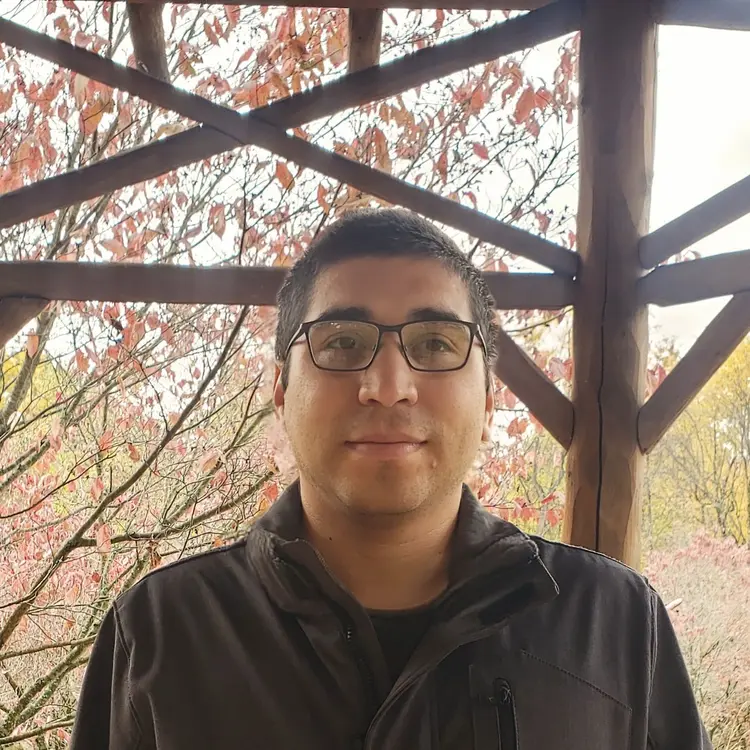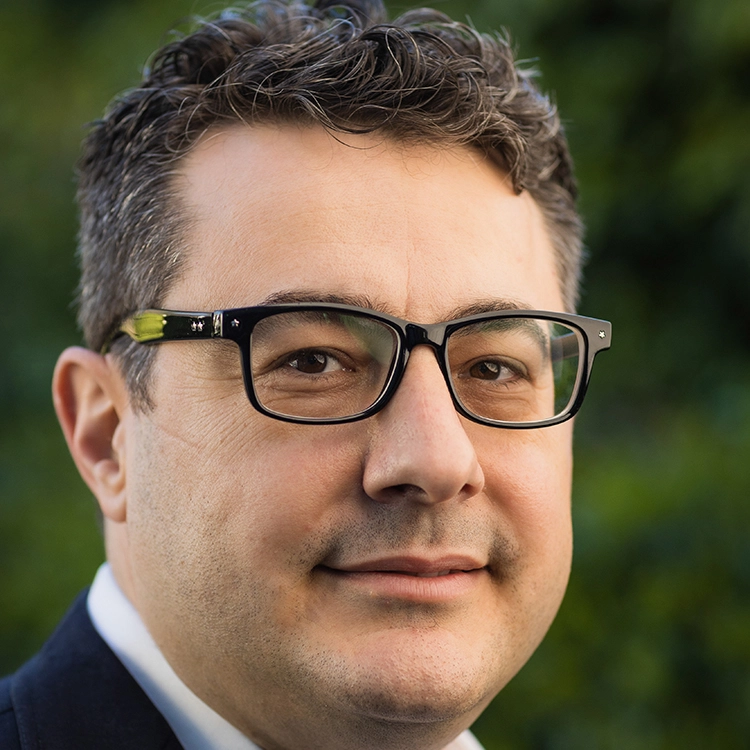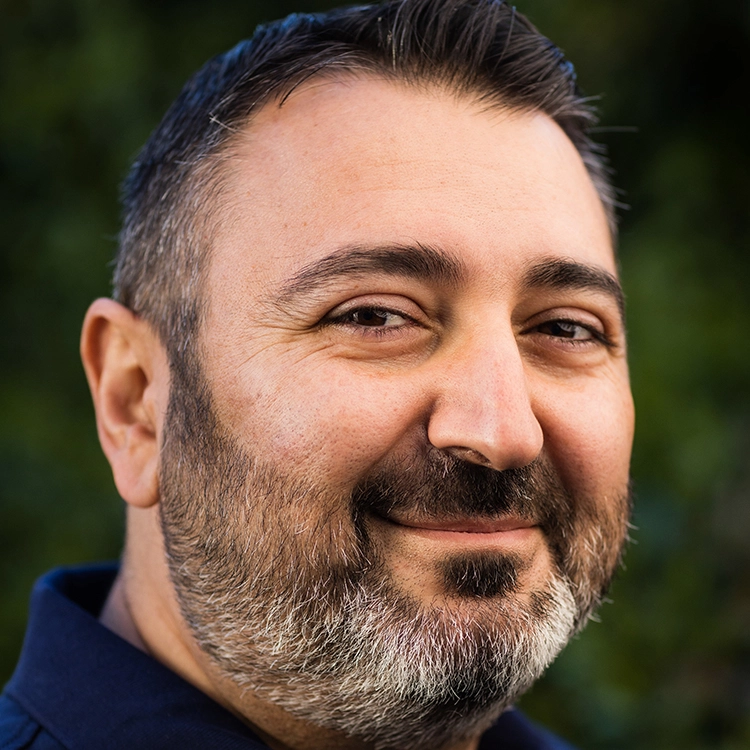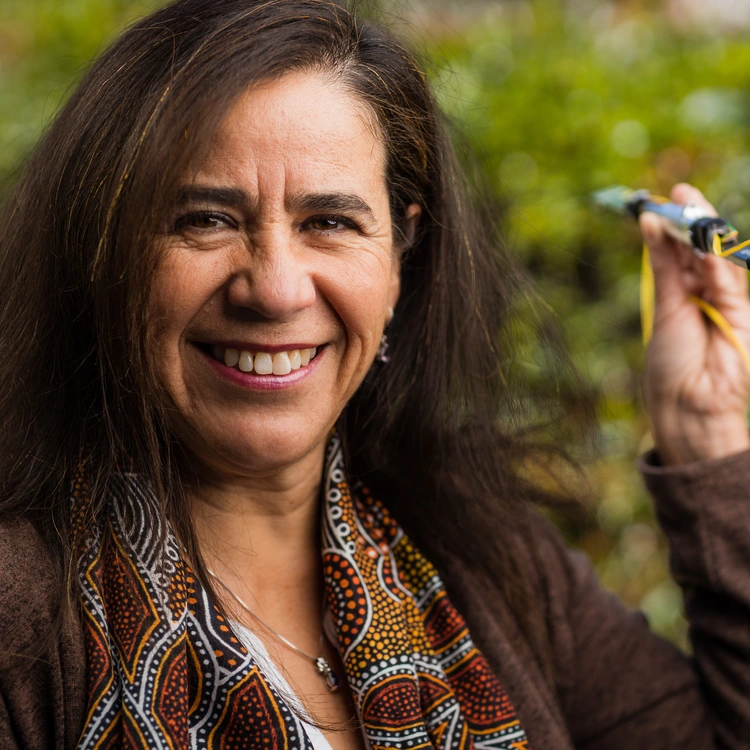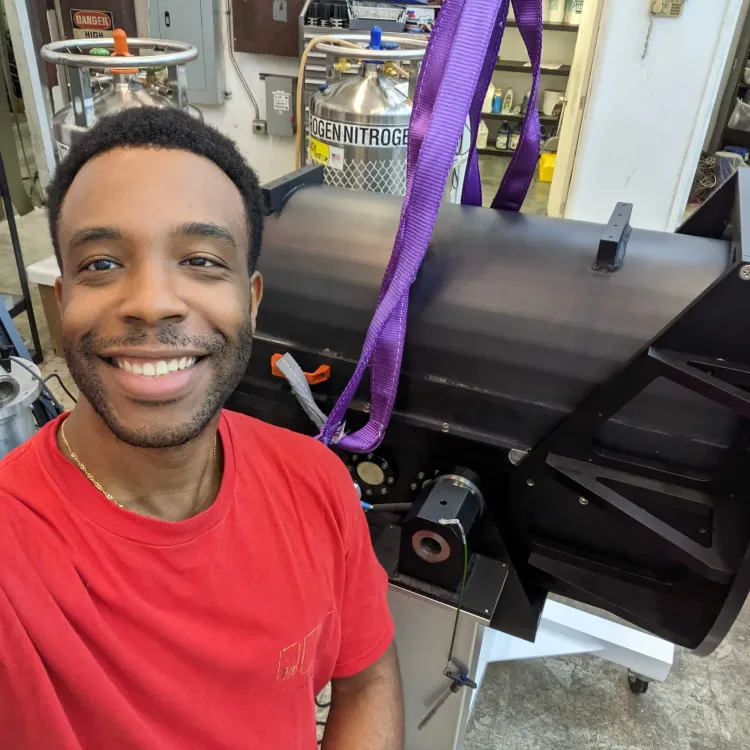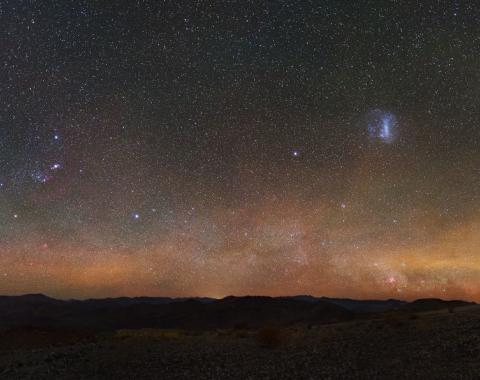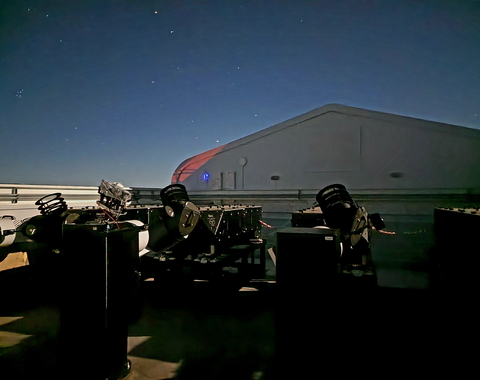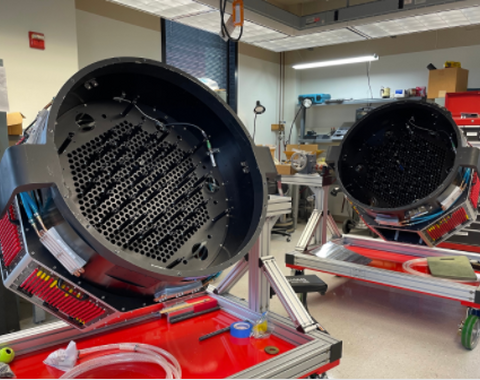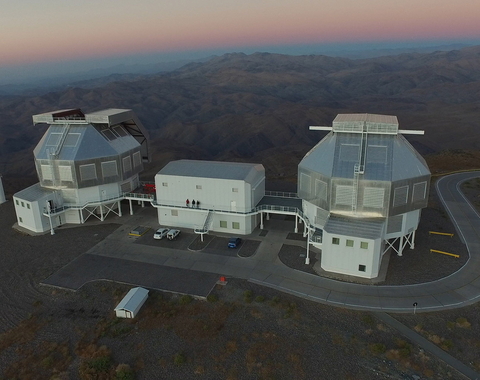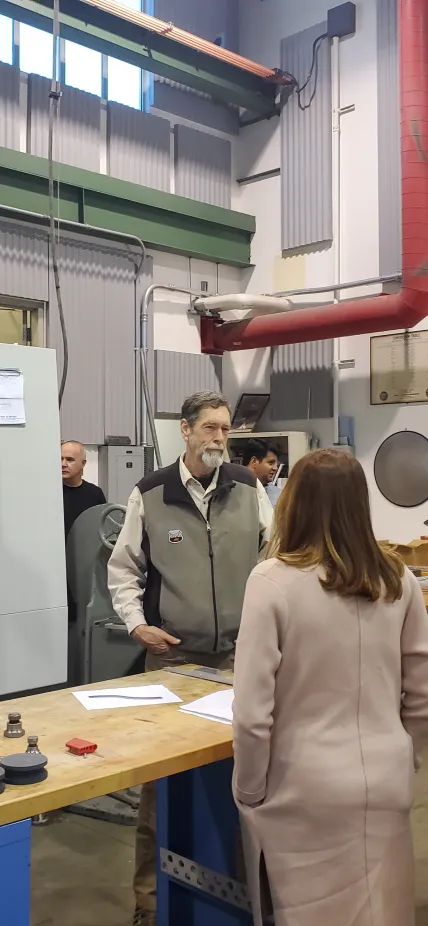The Carnegie Science Observatories has more than a century of experience designing and building ground-breaking instrumentation for our telescopes.
Because our telescopes and instruments are designed on campus—a rarity today—our astronomers and theoretical astrophysicists work closely to create the optical designs of the future.
Together, Carnegie machinists, engineers, and astronomers are working on a variety of state-of-the-art instrumentation projects, including:
-
The Giant Magellan Telescope Commissioning Camera, which will capture the first multi-color images taken with the next-generation extremely large telescope when it goes live at Carnegie Science’s Las Campanas Observatory in Chile.
-
FALCON—a multi-purpose, workhorse facility instrument for the 6.5-meter Magellan I Baade telescope at Carnegie's Las Campanas Observatory in Chile.
-
Henrietta, which is designed to be the first ground-based spectrograph specifically designed to study exoplanet atmospheres in the near-infrared, where our eyes can't see.
-
The Magellan Infrared Multi-object Spectrograph, or MIRMOS, will be a first-of-its-kind spectrograph built to excel at observing both faint objects, like distant galaxies, and bright sources, like stars hosting exoplanetary systems, in the infrared.
-
The Via Project team are designing and building two extremely sophisticated spectrographs, which will enable them to study the Milky Way's galactic halo at never-before-seen resolution.
What Makes Carnegie Special?
Two recently departed postdocs explain the unique opportunities that are available to astronomers and instrumentation specialists at the Carnegie Science Observatories.
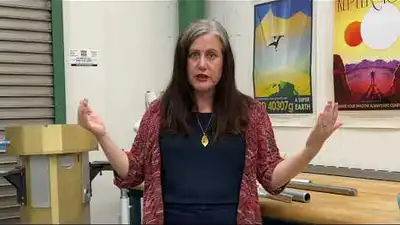
Meet Alicia Lanz
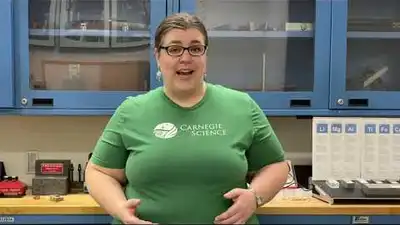
Meet Rosalie McGurk
